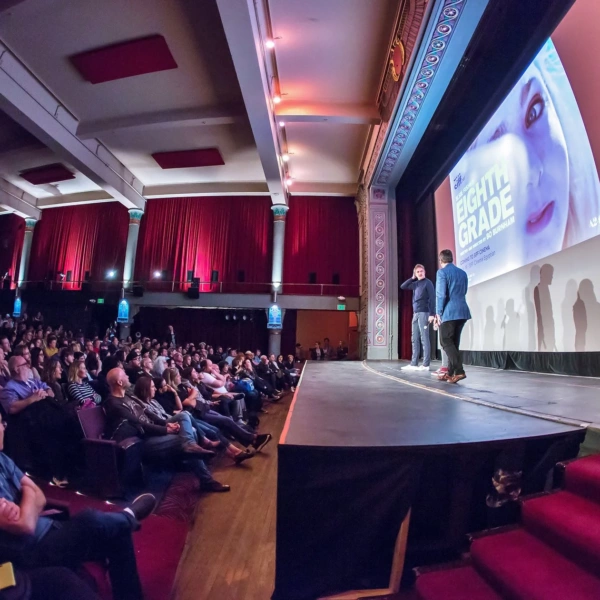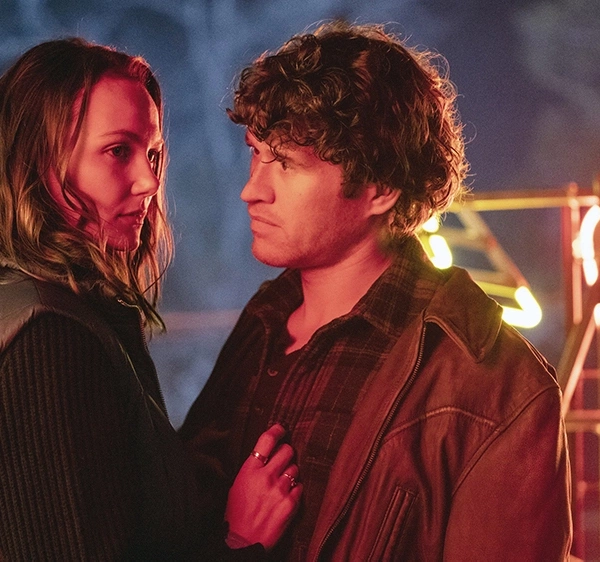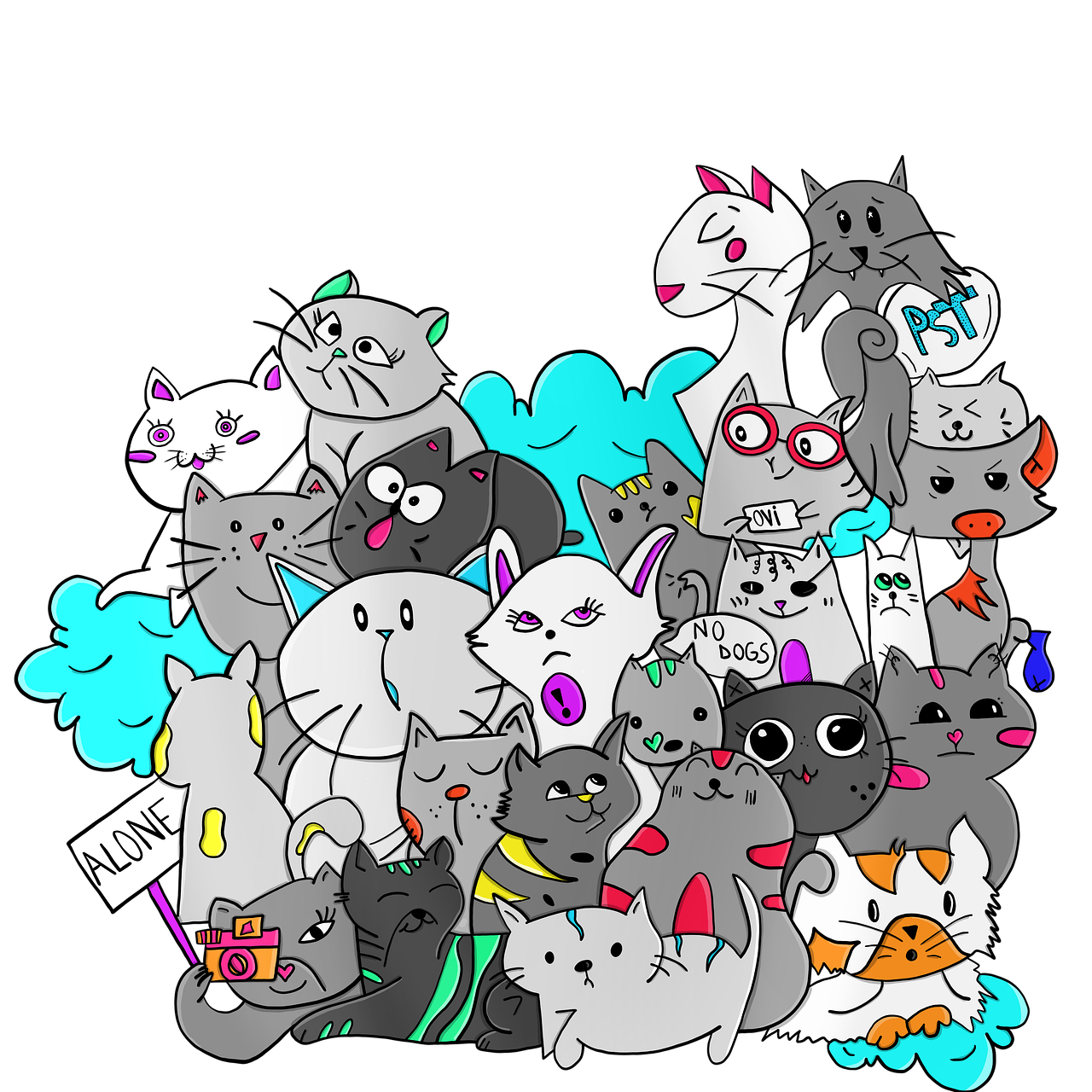
Greetings, anime aficionados and seekers of social insights! Emma here, your trusty cinematic tour guide, and today, we’re delving deep into a topic that has sparked both celebration and controversy within the world of anime—gender representation. In this article, we’ll explore the evolution of gender portrayal in anime, highlighting the progress made in breaking stereotypes while acknowledging the challenges that persist. With a sprinkle of humor and a touch of real-world examples, let’s embark on this journey through the nuanced landscape of anime gender dynamics.
From Damsels to Heroes: A Shifting Paradigm
Anime has come a long way in challenging traditional gender roles, evolving from the era of helpless damsels in distress to powerful, multi-dimensional heroines and heroes.
Example: “Sailor Moon” introduced viewers to a team of magical girls who fought evil and proved that femininity and strength could coexist.
Example: “My Hero Academia” showcases female characters like Uraraka and Tsuyu who are just as capable and heroic as their male counterparts.
Gender Fluidity and Non-Binary Characters
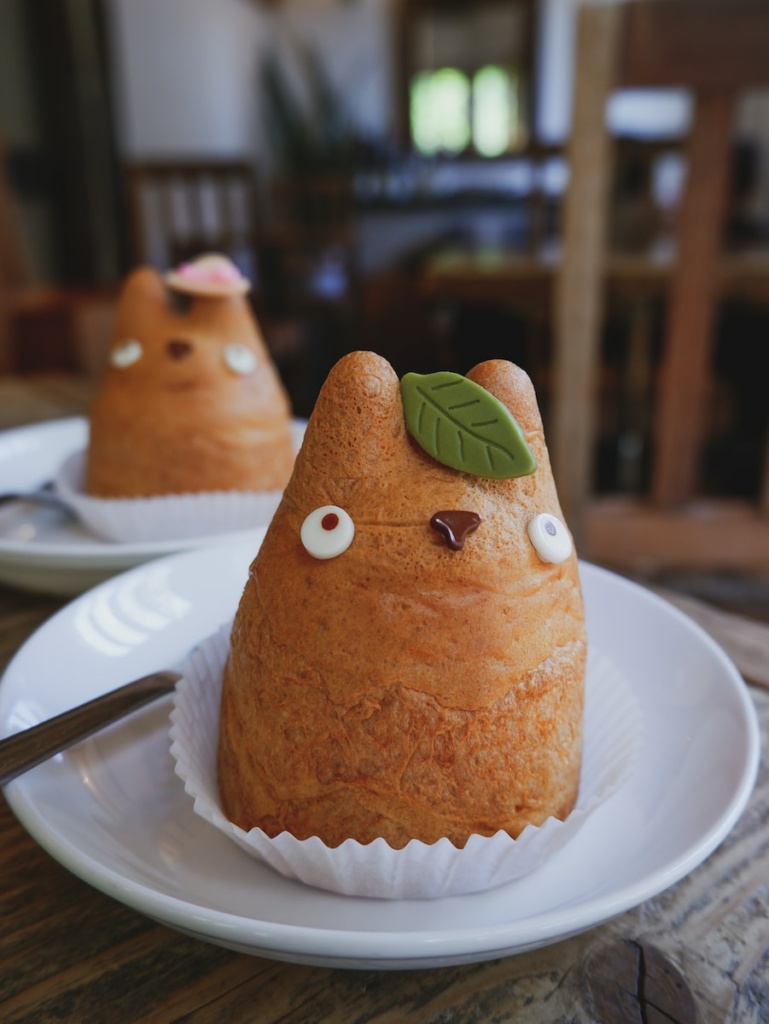
In recent years, anime has started to explore gender fluidity and non-binary characters, reflecting a growing acceptance of diverse gender identities.
Example: “Ouran High School Host Club” humorously explores the challenges of cross-dressing, with the character Haruhi challenging traditional gender norms.
Example: “Wandering Son” sensitively addresses the experiences of transgender and gender-nonconforming characters as they navigate adolescence.
Breaking the Mold: Complex Female Characters
Anime has increasingly embraced complex female characters who defy stereotypes, offering viewers more relatable and empowered heroines.
Example: “Neon Genesis Evangelion” delves into the intricate psyche of characters like Rei and Asuka, challenging the idea of one-dimensional female archetypes.
Example: “Revolutionary Girl Utena” subverts gender norms by featuring a female protagonist who dresses in a masculine style and engages in duels traditionally reserved for men.
Male Characters with Emotional Depth
Conversely, male characters in anime have begun to exhibit greater emotional depth and vulnerability, breaking away from the stoic and unfeeling stereotype.
Example: “Haikyuu!!” explores the emotional growth of male characters on a high school volleyball team, showcasing their fears, aspirations, and camaraderie.
Example: “Given” tells a poignant story of love and self-discovery among a group of male musicians, delving into themes of sexuality and emotional intimacy.
Subverting the Male Gaze
Anime has made strides in subverting the male gaze and providing more realistic portrayals of female characters, moving away from objectification.
Example: “Miss Kobayashi’s Dragon Maid” humorously explores themes of family and friendship, presenting a diverse cast of dragon characters, including a transgender dragon.
Example: “Princess Jellyfish” challenges societal beauty standards and celebrates the individuality of its female characters.
Controversies and Challenges
Despite these positive strides, anime is not without its controversies and challenges when it comes to gender representation.
Example: The “harem” genre, characterized by one male protagonist surrounded by multiple female characters, has faced criticism for perpetuating unrealistic male fantasies.
Example: Instances of sexualized and underage characters, known as “lolicon” and “shotacon,” have led to debates about the portrayal of minors in anime.
Dubious Treatment of LGBTQ+ Characters
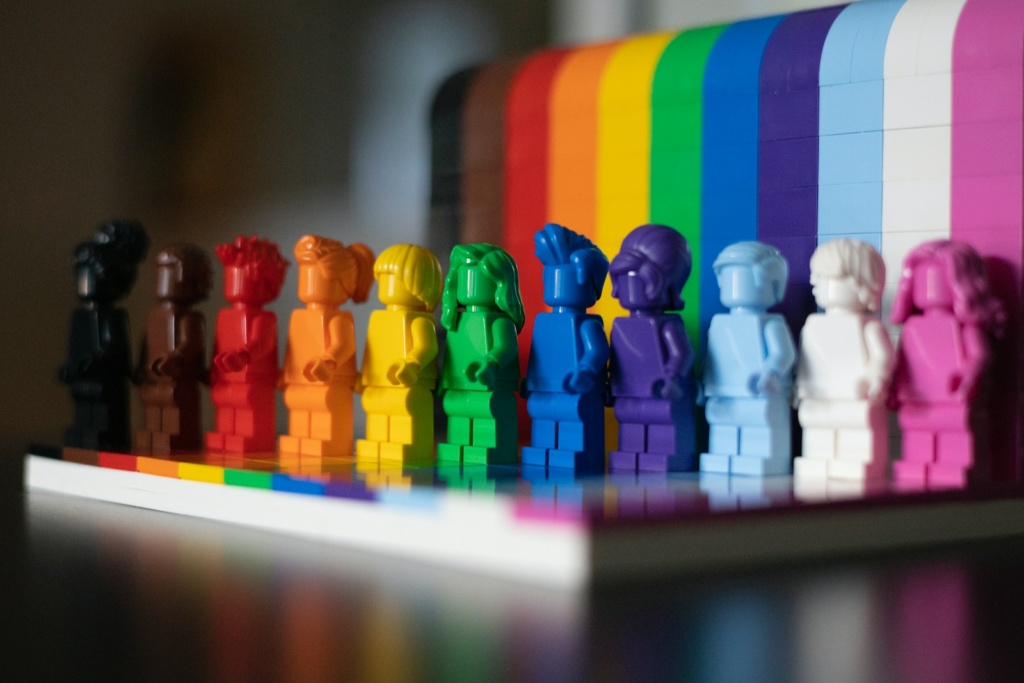
While some anime series have portrayed LGBTQ+ characters with sensitivity and depth, others have relied on stereotypes and caricatures.
Example: “Yuri!!! on Ice” has received acclaim for its portrayal of a same-sex relationship between two male figure skaters, celebrating love and ambition.
Example: “No. 6” explores themes of love and survival in a dystopian world, featuring a same-sex romance that challenges societal norms.
The Path Forward: A More Inclusive Anime World
As we navigate the evolving landscape of anime gender representation, it’s essential to acknowledge both the progress made and the challenges that remain. The anime industry has the power to shape perceptions and challenge societal norms, and with increasing awareness and advocacy, it can continue to pave the way for more inclusive storytelling.
So, dear readers, as we celebrate the strides anime has made in portraying diverse gender identities and breaking free from stereotypes, let us also remain vigilant in advocating for respectful and sensitive portrayals of all individuals.
Until our next exploration of cinematic landscapes, “Sayonara!”

